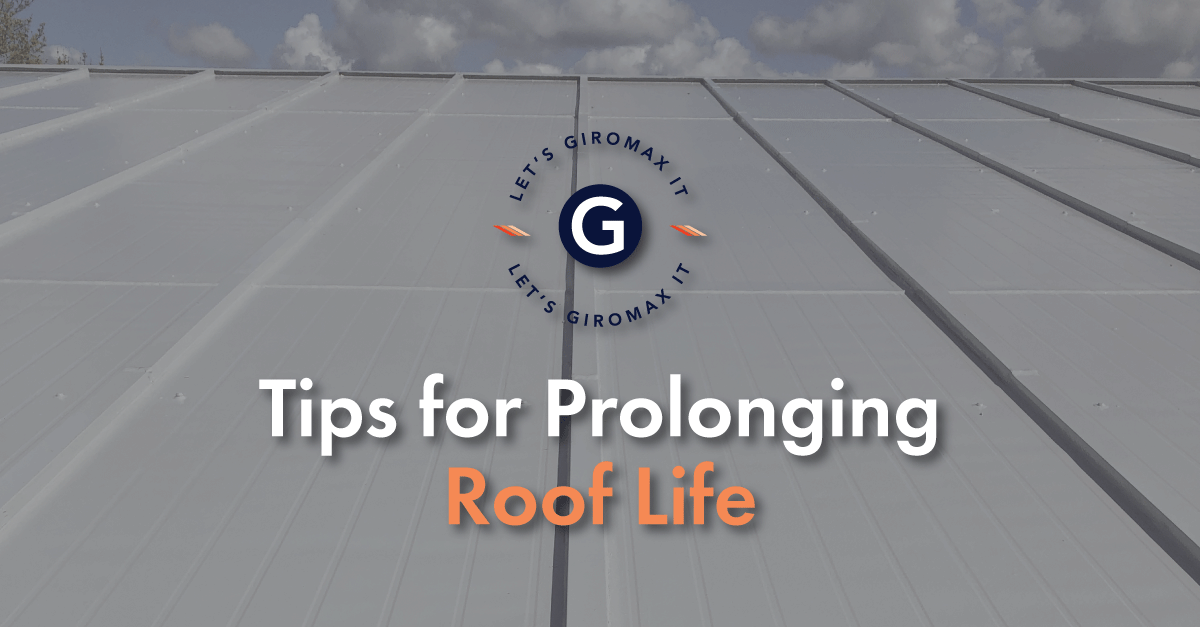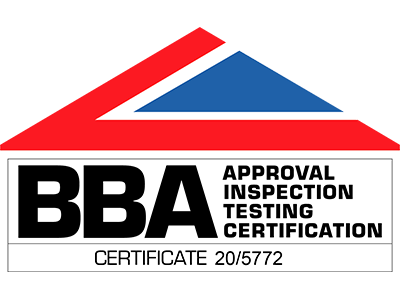Technical Talk: Preparing Substrates for Coatings
This month we talked to Mark Smith, our Technical Services Manager covering the South. Mark has a wealth of expertise, gained through a long career in the coatings and surveying sector. He shares recent projects and the importance of preparing substrates for coatings.
About Mark
Mark has worked for Giromax since 2018. Prior to his current role, he worked for seven years as a Senior Contracts Manager and Surveyor for a coatings company, specialising in on-site panel resprays. His role involved surveying and managing eight teams. As one of our team experts, Mark is a cladding and surveying specialist. He’s highly knowledgeable when it comes to metal cladding and plastisol coated roof sheets. Read more…
Let’s hear what Mark has to say about best practice for the preparation of substrates prior to coatings, along with some of his projects…
How to prepare substrates
One of the most important parts of any job is making sure the substrate has been thoroughly cleaned and mechanically or manually prepared to a specified standard. Application then needs to follow the correct guidance and carried out in the right temperatures.
When guidance has not been followed or contractors have not been trained correctly, this can result in remedial work. Our team will then work closely with the contractor to help them rectify the problem, so it meets the standard required for our guarantee.
Corrosion spots on roof sheets
I recently worked on a project in Bedford. There were two units with a 4000 square metre roof span. The PVF2 coated substrate showed significant corrosion spots on the roof sheets.
This project required a full roof coating system. Originally, a one-coat system had been specified. But due to the level of corrosion, we needed to apply a 2k Basecoat over the whole roof. As the 2k Basecoat system is more costly, we had to guide the contractor on the technical application to prevent wastage and to ensure costs stayed within the overall budget.
Heavily delaminated roof sheets
Another recent project involved a 13,000 square metre, plastisol coated roof in Guildford. The roof was heavily delaminated and required intensive preparation, including mechanical and manual cleaning. Plastisol coated roof sheets can be affected by UV degradation. The surface breaks down and becomes delaminated, resulting in micro checking. We estimate that around 8 out of 10 jobs involve plastisol covered roof sheets.
For this project, the contractor needed advice on how to create the programme, so they could complete the job with the least amount of edge curl. This can happen after high-pressure power jets (3,000 psi) are used to clean old coatings from the roof sheets. There can still be islands of the original plastisol remaining. These should be feathered out to reduce the risk of edge curl, once the new coating has been applied. Consequently, costly lead edge repairs have to be carried out.
I worked closely with this client, advising to divide the roof space into sections. The demarcated zones helped to avoid overusing the product, which in turn helped to manage the job more cost efficiently.
Sealant training for contractors
One of my favourite parts of my job is training contractors on sealants. I really enjoy one-to-one training, especially when it comes to explaining the benefits of sealants in relation to repairing roof lights. I always stress the importance of ensuring the bead of sealant is able to stop capillary action under the lap. The main way to ensure this is by checking if there’s a speed bump feature visibly obscuring the overlap.
There are two benefits of this sealant application method:
- Seals the overlap detail to prevent capillary action.
- Deals with any expansion of the steel sheet caused by extreme temperatures.
Mark’s role as a Technical Services Manager requires a highly varied skill set. His expert technical knowledge on coatings for roof sheets and cladding substrates is second to none.
My main aim for any project is to do the best job I can possibly do, within the limitations of the site or other factors. The key to a successful application is effective cleaning, repairs, and the correct preparation of a substrate prior to coating.
At Giromax, we’re very proud of our hardworking and multiskilled Technical Services Managers, who are always on-hand to provide technical guidance. As the original leader in the roof coating market, we continuously test, develop and improve our products.
If you need technical advice on how to prepare substrates, or you need application guidance, please speak to the Giromax team or call 01455 558969.
Get updates from us
Sign up to our newsletter to receive all the latest news and insights from Giromax Technology.
Subscribe to NewsletterRelated articles
Pitched Roof Maintenance: Tips for Prolonging Roof Life
Regular pitched roof maintenance cuts repair costs. We share key maintenance tasks, seasonal inspection tips and preventative treatments.
How to detect roof leaks and fix them
Knowing how to detect, fix and prevent roof leaks prevents costly repairs. We share advice on how to inspect the...
Is It Better to Replace or Repair Gutters?
Knowing when to replace or repair gutters will help you plan maintenance costs. We help you spot the signs that...









